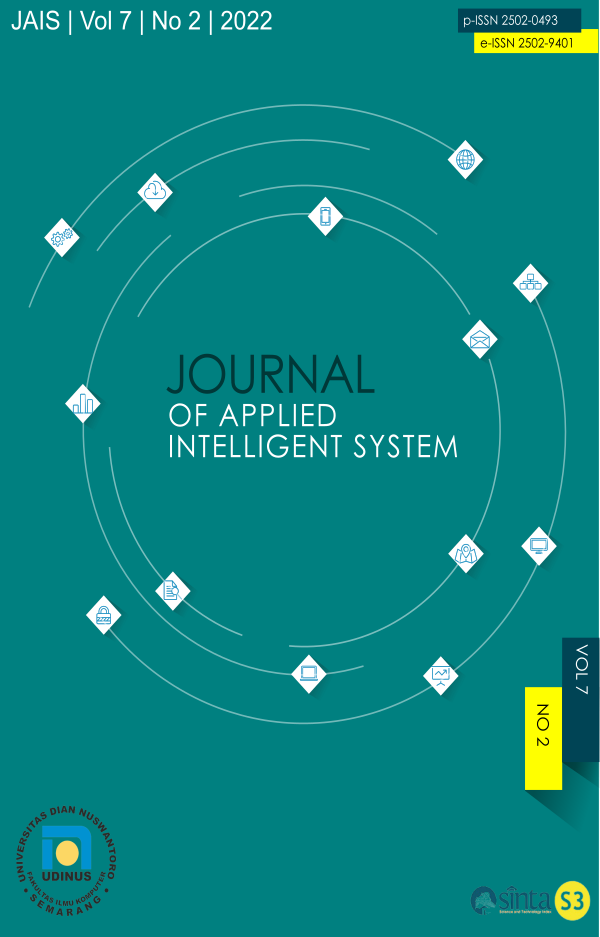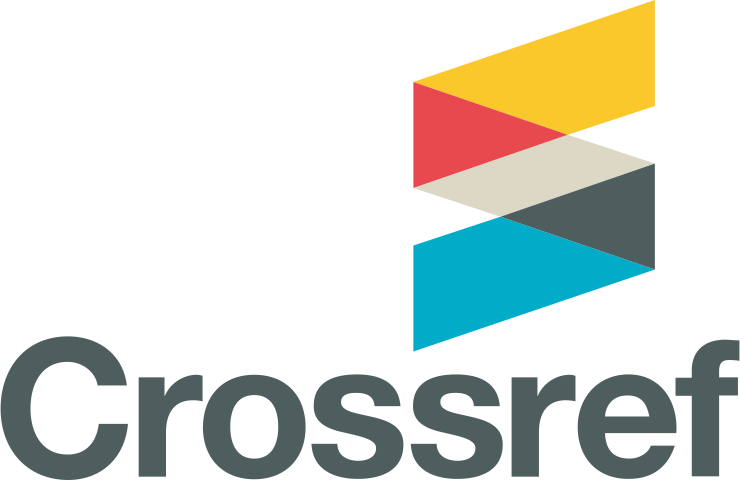Predicting News Article Popularity with Multi Layer Perceptron Algorithm
DOI:
https://doi.org/10.33633/jais.v7i2.6826Abstract
Nowadays, news media seems to have been digitized. One of them is printed news which has now turned into online news. The increasing use of social media has made people interested in reading news online. News needs to attract readers with their headlines. Various online news media businesses want to know the future demand of readers, as well as whether the released news can reach more readers so that the news becomes popular. Therefore, with the increasing interest in online news today, this paper will analyze the performance of the Neural Network Algorithm and other artificial intelligence techniques in predicting the popularity of news articles that can help the media to know whether their news will become popular. The news article popularity prediction system can increase its revenue if there are advertisements in the news. The test results show that the accuracy of the Multi Layer Perceptron is 76% and Random Forest gives an accuracy of 70%.References
J. Boumans, D. Trilling, R. Vliegenthart, and H. Boomgaarden, “The Agency Makes the (Online) News World Go Round: The Impact of News Agency Content on Print and Online News,” Int. J. Commun., vol. 12, pp. 1768–1789, 2018.
H. Ren and Q. Yang, “Predicting and Evaluating the Popularity of Online News,” Conf. Proc., 2015, [Online]. Available: https://pdfs.semanticscholar.org/9e91/6a3469e9e2fc5f0c8f927d7d1d05f5575729.pdf%0Ahttp://cs229.stanford.edu/proj2015/328_report.pdf.
P. Meesad, “Thai Fake News Detection Based on Information Retrieval, Natural Language Processing and Machine Learning,” SN Comput. Sci., vol. 2, no. 6, pp. 1–17, 2021, doi: 10.1007/s42979-021-00775-6.
J. Rezaeenour, M. Y. Eili, E. Hadavandi, and M. H. Roozbahani, “Developing a new hybrid intelligent approach for prediction online news popularity,” Int. J. Inf. Sci. Manag., vol. 16, no. 1, pp. 71–87, 2018.
D. Hardt, D. Hovy, and S. Lamprinidis, “Predicting news headline popularity with syntactic and semantic knowledge using multi-task learning,” Proc. 2018 Conf. Empir. Methods Nat. Lang. Process. EMNLP 2018, pp. 659–664, 2018, doi: 10.18653/v1/d18-1068.
P. Rathord, D. A. Jain, and C. Agrawal, “A Comprehensive Review on Online News Popularity Prediction using Machine Learning Approach,” Smart Moves J. Ijoscience, vol. 5, no. 1, p. 7, 2019, doi: 10.24113/ijoscience.v5i1.181.
H. A. Khoirunissa, A. R. Widyaningrum, and A. P. A. Maharani, “Comparison of Random Forest, Logistic Regression, and Multilayer Perceptron Methods on Classification of Bank Customer Account Closure,” Indones. J. Appl. Stat., vol. 4, no. 1, p. 14, 2021, doi: 10.13057/ijas.v4i1.41461.
F. Namous, A. Rodan, and Y. Javed, “Online News Popularity Prediction,” ITT 2018 - Inf. Technol. Trends Emerg. Technol. Artif. Intell., no. Itt, pp. 180–184, 2019, doi: 10.1109/CTIT.2018.8649529.
S. A. Salloum, M. Al-Emran, A. A. Monem, and K. Shaalan, “Using text mining techniques for extracting information from research articles,” Stud. Comput. Intell., vol. 740, pp. 373–397, 2018, doi: 10.1007/978-3-319-67056-0_18.
M. A. Rosid, A. S. Fitrani, I. R. I. Astutik, N. I. Mulloh, and H. A. Gozali, “Improving Text Preprocessing for Student Complaint Document Classification Using Sastrawi,” IOP Conf. Ser. Mater. Sci. Eng., vol. 874, no. 1, 2020, doi: 10.1088/1757-899X/874/1/012017.
Downloads
Published
Issue
Section
License
- Authors retain copyright and grant the journal right of first publication with the work simultaneously licensed under a Creative Commons Attribution License that allows others to share the work with an acknowledgment of the work's authorship and initial publication in this journal.
- Authors are able to enter into separate, additional contractual arrangements for the non-exclusive distribution of the journal's published version of the work (e.g., post it to an institutional repository or publish it in a book), with an acknowledgment of its initial publication in this journal.
- Authors are permitted and encouraged to post their work online (e.g., in institutional repositories or on their website) prior to and during the submission process, as it can lead to productive exchanges, as well as earlier and greater citation of published work (See The Effect of Open Access).









